Customer Engagement Analytics & Data Guide
This article is about the engagement businesses have with their customers and the associated data collection, analysis, and interpretation of customer data to gain insights into customer behavior, preferences, and interactions, enabling businesses to optimize their strategies, personalize experiences, and foster meaningful engagement with customers.
Published
May 31, 2023
.avif)
In today's fast-paced business environment, customer engagement has become a critical factor in the success of any business. It is no longer enough to simply attract customers; businesses must now focus on building long-term relationships with their customers through effective engagement strategies. One way to achieve this is through the use of customer engagement analytics.
What is Customer Engagement?
It refers to the level of interaction, involvement, and emotional connection that customers have with a brand or business. It encompasses the various interactions and experiences that customers have throughout their shopping journey, from the initial awareness stage to post-purchase interactions. Customer engagement goes beyond mere transactions and focuses on building and nurturing long-term relationships with customers.
The goal of customer engagement is to understand shoppers buying behavior, identify preferences, and forecast future behavior. All these factors are important to reach customer retention. Returning customers are important because the retailers thus have a reliable source of income. Anticipating customer demand is key, and gives a competitive advantage. More loyalty and stronger relationships with customers, improve brand loyalty, and ultimately, drive business growth. By knowing the demand there is less waste of resources either money or time, so the return on investment gets higher.
What is Customer Engagement Analytics?
Customer engagement analytics is the practice of measuring and analyzing customer interactions with a business across various channels, including email, social media, mobile apps, and websites. By analyzing customer engagement data, businesses can gain valuable insights into customer behavior, preferences, and needs. This information can then be used to optimize engagement strategies and improve the customer experience.
A data guide is a tool that businesses can use to organize and interpret customer engagement data. It provides a framework for understanding and analyzing customer engagement metrics, such as customer retention rate, customer lifetime value, and customer satisfaction score. By using a data guide, businesses can ensure that they are focusing on the right metrics and that they are making data-driven decisions.

Benefits of Customer Engagement Analytics
There are several key benefits of using customer engagement analytics and a data guide in your business:
- Improved customer experience and personalization: By analyzing customer engagement data, businesses can gain a better understanding of customer preferences and needs. This information can then be used to improve the customer experience, by tailoring engagement strategies to individual customers and providing more personalized service. Smart Digital Signage also enables interactivity and engagement with the audience through touchscreens, sensors, or mobile device integration. This technology allows real-time content updates, and personalized engagement.
- Increased customer loyalty and retention: By optimizing engagement strategies based on customer engagement data, businesses can increase customer loyalty and customer retention. This can lead to higher customer lifetime value and increased revenue over time. Analyzing customer engagement metrics can reveal early warning signs of disengagement or dissatisfaction. By proactively addressing these issues, businesses can enhance customer satisfaction, loyalty, and retention, ultimately reducing churn.
- Conversion rate optimization: Customer engagement analytics, when combined with conversion rate optimization (CRO) techniques, can lead to significant improvements in conversion rates. By analyzing customer engagement data, businesses can identify bottlenecks, barriers, and friction points in the customer journey that may hinder conversions. Through CRO, businesses can implement data-driven changes, such as store layout optimization or streamlining checkout processes with a queue management system (QMS) to maximize the percentage of visitors who convert into customers.
- Better decision making and actionable insights: By using a data guide to organize and analyze customer engagement data, businesses can make more informed decisions. This can help businesses to optimize their engagement strategies and allocate resources more effectively.
- Competitive advantage: By leveraging customer engagement analytics and a data guide, businesses can gain a competitive advantage in their industry. By using data to make more informed decisions and optimize engagement strategies, businesses can outperform their competitors and attract and retain more customers.
- Optimized Marketing and Sales Efforts: Analytics provides visibility into the effectiveness of marketing campaigns, customer touchpoints, and sales strategies. It enables businesses to measure and refine their approaches, focusing on high-impact activities that drive customer engagement and conversions.

How to obtain Data for Customer Engagement Analytics?
Obtaining data for customer engagement analytics in retail stores requires a combination of technological solutions and data collection methods. Here are some ways to gather data for customer engagement analytics in retail stores:
- Point of Sale (POS) Systems: Retailers can extract valuable data from their POS systems, which capture transactional information such as purchase history, product details, and customer identifiers (e.g., loyalty card or email address). This data provides insights into customer preferences, buying patterns, and sales performance.
- Customer Surveys and Feedback: Conducting surveys or collecting feedback from customers can provide valuable qualitative data on their experiences, satisfaction levels, and engagement with the retail store. Feedback can be collected through in-store surveys, email surveys, or online feedback forms.
- Loyalty Programs: Retailers with loyalty programs can leverage customer data collected through these programs. Loyalty cards or mobile apps can track customer purchases, preferences, and engagement with special promotions or rewards. This data can offer insights into customer behavior and preferences.
- Wi-Fi and Beacon Technology: Retailers can utilize Wi-Fi networks or beacon technology to track customer movements within the store. These technologies enable the collection of data on footfall, dwell time, and customer paths, helping retailers understand store layout effectiveness, popular areas, and customer engagement with specific displays or sections.
- Customer Interactions: Training store associates to collect relevant data during customer interactions can be beneficial. This may include capturing customer contact information, feedback, or understanding specific needs and preferences. Data collected through these interactions can contribute to customer engagement analytics.
- Social Media and Online Platforms: Monitoring social media platforms and online reviews can provide insights into customer sentiment, preferences, and engagement with the retail brand. Analyzing social media mentions, comments, and reviews can help identify areas for improvement and measure the impact of marketing campaigns on customer engagement.
- Video Analytics: Video surveillance systems equipped with analytics capabilities can provide insights into customer behavior and engagement. By analyzing video footage, retailers can track foot traffic, customer interactions with displays or products, and overall store layout effectiveness.
It's important to ensure that data collection complies with privacy regulations and ethical practices. Retailers should also have proper data management and security protocols in place to protect customer information. By leveraging these data collection methods, retailers can gain valuable insights into customer engagement, optimize store experiences, and enhance overall customer satisfaction.
How Video Analytics helps to provide Customer Engagement Analytics
Heatmaps
Heatmaps can track and visualize customer interactions with specific products or displays. For example, by using interactive displays or smart shelves, retailers can gather data on which products customers touch, pick up, or spend more time interacting with. Heatmaps can provide insights into the effectiveness of product placement, highlighting popular items and areas that drive engagement. So heatmaps visually represent user behavior and interactions in stores. That assist retailers in optimizing their store layouts for better customer engagement. By analyzing the flow of customers, dwell time, and interaction patterns.
Heatmaps can also be useful in analyzing customer behavior within queues or checkout lines. By tracking the movement and wait times of customers, retailers can identify areas where queues tend to bottleneck or where customers may abandon the line. This information can help optimize queue management strategies to improve the overall customer experience and engagement. Read our article about Visualizations to learn more about heatmaps.

Footfall
Footfall, which refers to the number of people visiting a physical retail store, can help improve customer engagement in several ways. Footfall data provides insights into customer behavior, such as peak shopping hours, popular sections or areas, and customer flow patterns within the store. It helps to set the shifts of staff to busier periods, optimize product placements in high-traffic areas and locate advertisement more effectively.
Demographics
Demographics play a crucial role in improving customer engagement by providing valuable insights into the characteristics, preferences, and behaviors of different customer segments. Understanding demographics allows businesses to segment their customer base and create targeted marketing campaigns. By tailoring promotions to specific demographic groups, businesses can deliver more relevant and personalized experiences. By analyzing demographic trends and patterns, businesses can identify emerging opportunities, untapped markets, and evolving customer needs. This information helps businesses stay ahead of the curve, develop innovative products and services, and engage with customers on a deeper level.
In conclusion, customer engagement analytics and a data guide can provide businesses with valuable insights into customer behavior, preferences, and needs. By analyzing this data, businesses can optimize their engagement strategies and improve the customer experience, leading to increased customer loyalty, better decision making, and a competitive advantage in their industry.

More about Isarsoft
With Isarsoft Perception, your camera systems become part of your business intelligence. Whether the goal is to increase efficiency, customer satisfaction or safety, Isarsoft Perception provides the insights needed for informed decisions.
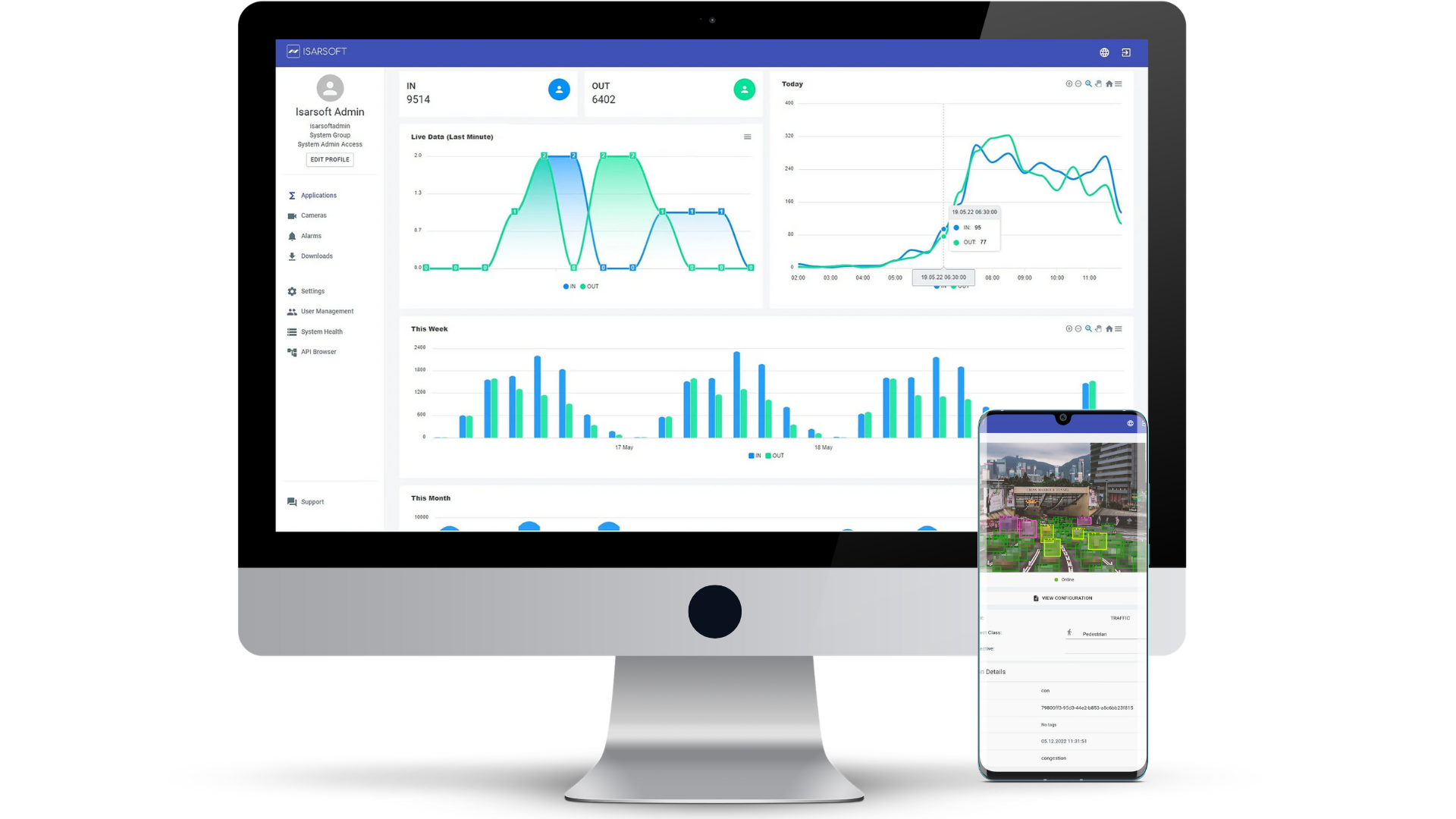
Contact us, to learn more about how to turn security cameras into intelligent sensors.
Optimize your business processes.
Improve business processes with video-based business intelligence from Isarsoft.
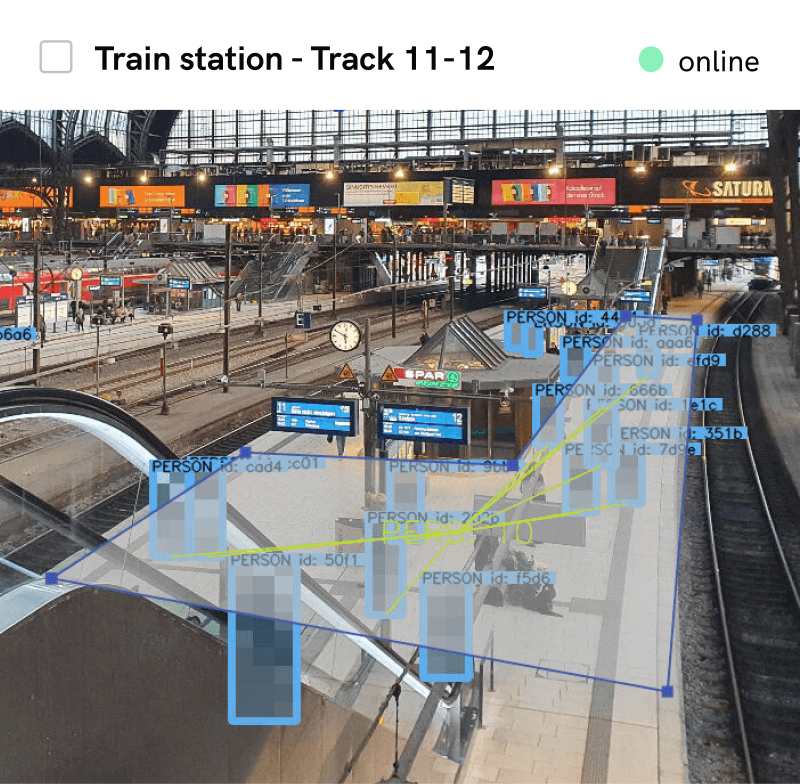

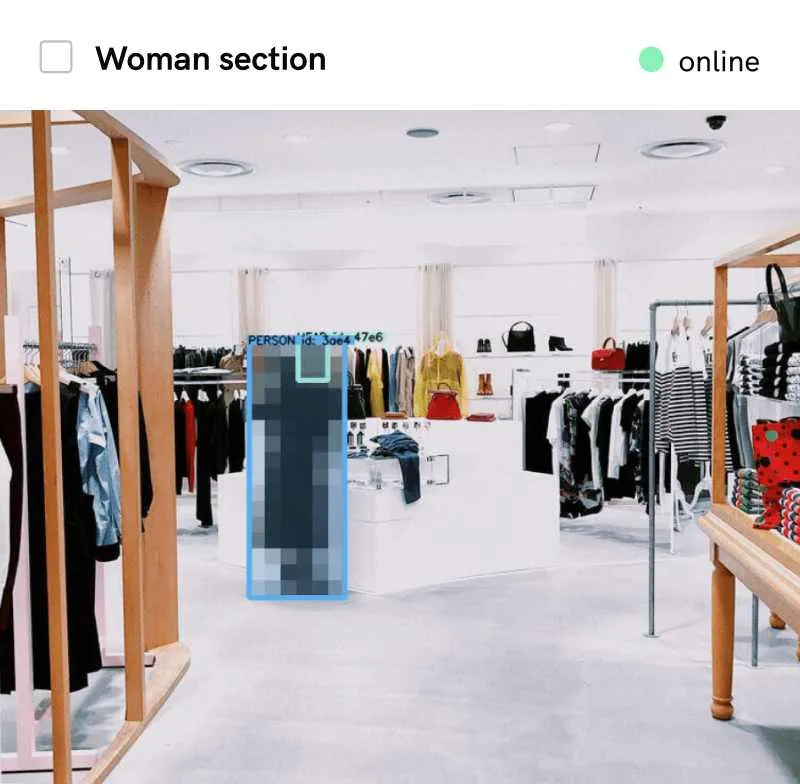
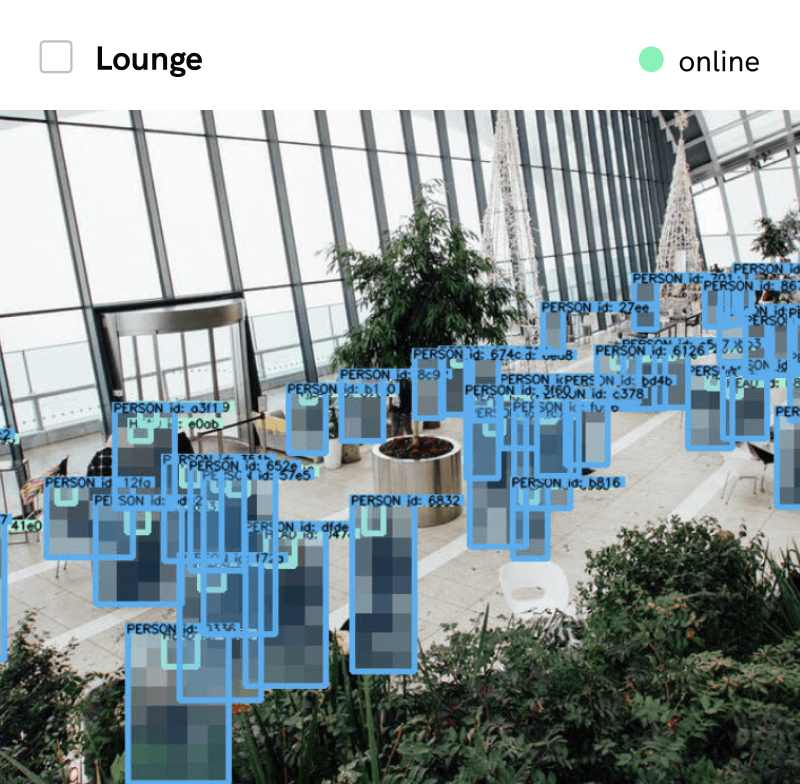
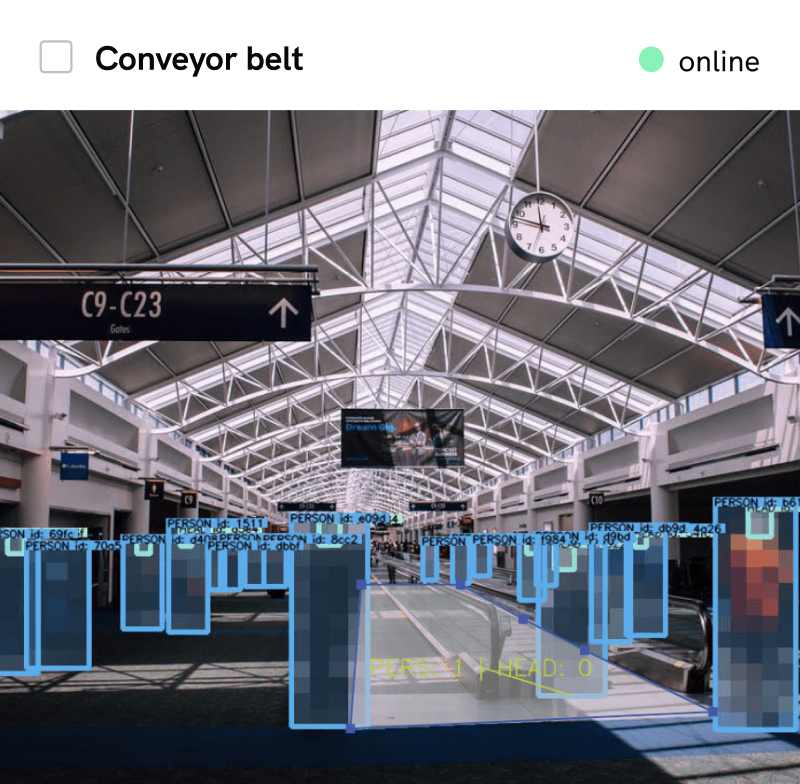




.webp)